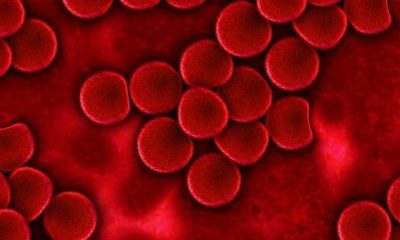January is cervical cancer awareness month. It is the fourth most common cancer in women, and yet most people are unaware of the precautions one should take, and the risks associated with the disease.
Cervical cancer is the condition in which cells start growing out of control in the cervix, which connects the uterus to the vagina (birth canal), of the female reproductive system, as per the American Cancer Society.
The human papillomavirus (HPV) is responsible for the majority of cervical cancer cases (more than 95%). The most common viral infection of the reproductive tract, HPV infects most sexually active women and men at some point in their lives.
Fortunately, more than 90% of the infected individuals clear the infection on their own. However, there is still a risk for HPV infection to become chronic and for precancerous lesions to transform into cervical cancer in all women. In women with a normal immune system, it takes 15 to 20 years for cervical cancer to develop. But the duration reduces to only five to 10 years in women with weak immune systems, for instance, individuals with untreated HIV infection.
According to the WHO, nine in 10 cervical cancer cases reported in 2020 were from low- and middle-income countries. On the other hand, developed countries have programs available for girls to be vaccinated against HPV, and for women to get screened regularly and treated promptly.
Vaccination
The most effective and prominent weapon in the fight against cervical cancer is the HPV vaccination. Studies show that these vaccines are effective in preventing HPV infections, high-grade precancerous lesions, and invasive cancer. There is a caveat — HPV vaccines work most effectively if given before exposure to the virus. As a consequence, WHO recommends vaccinating girls aged between nine and 14 years, a time when most girls are not sexually active.
Not just girls, vaccines are effective for males as well, and hence, some countries have even started to vaccinate boys.
Screening
Vaccination is not a substitute for screening. According to the WHO, cervical cancer screening should start from 30 years of age in women, with repeated intervals of five to 10 years. As for women living with HIV, screening is recommended from 25 years of age. Also, these women also need to be screened more frequently-every 3 to 5 years.
When an HPV infection or precancerous lesions are detected during screening, these are easily treated and help prevent cancer. Even cancer detected at an early stage through screening has a high potential for cure.
Symptoms
As per the health agency, symptoms during early-stage cervical cancer include irregular blood spotting or light bleeding between periods, postmenopausal spotting or bleeding, bleeding after sexual intercourse, and increased vaginal discharge, which can sometimes smell foul.
This year, be proactive and get vaccinated as well as start regular screenings to nip cervical cancer in the bud.
















